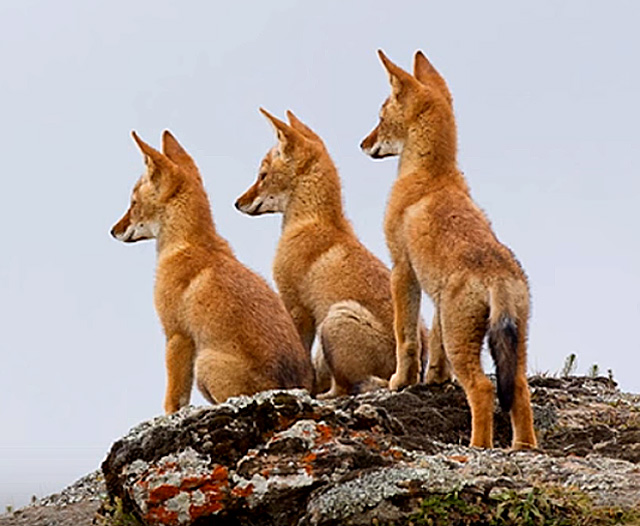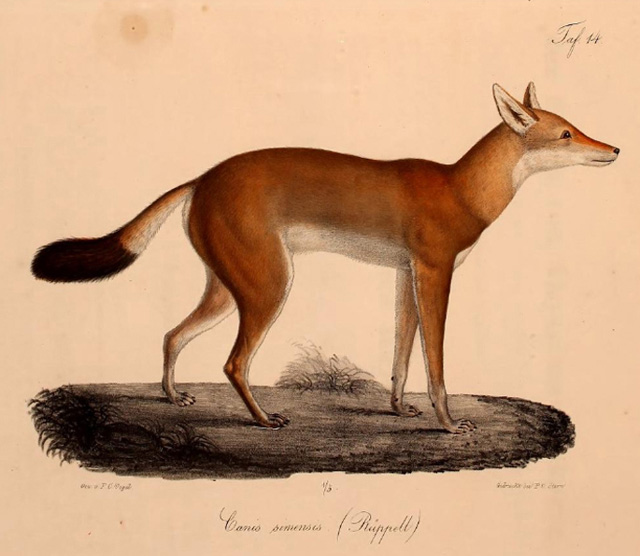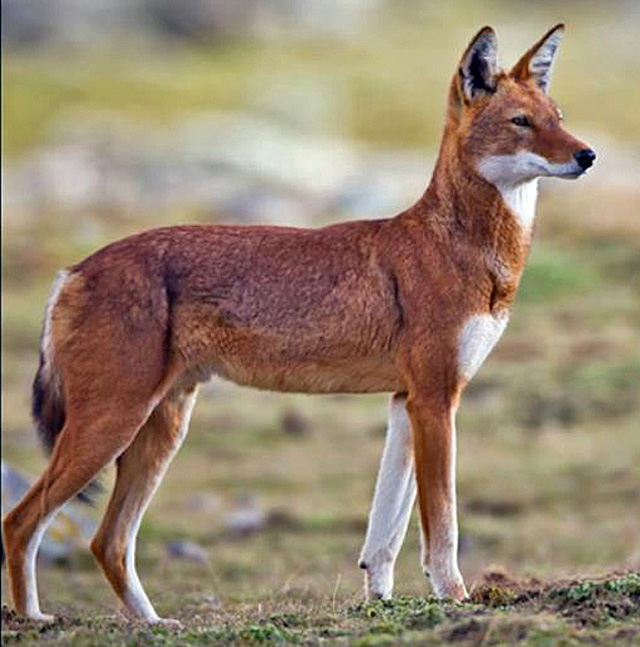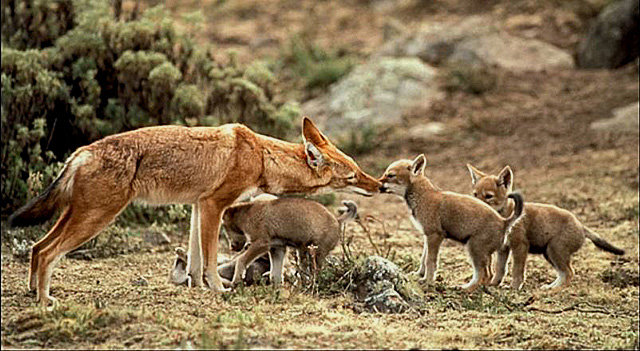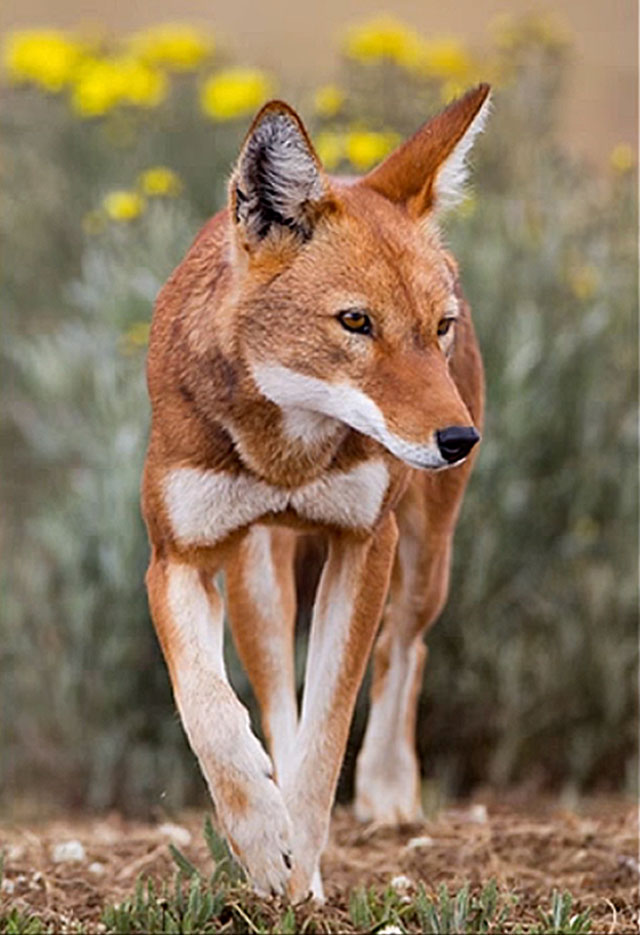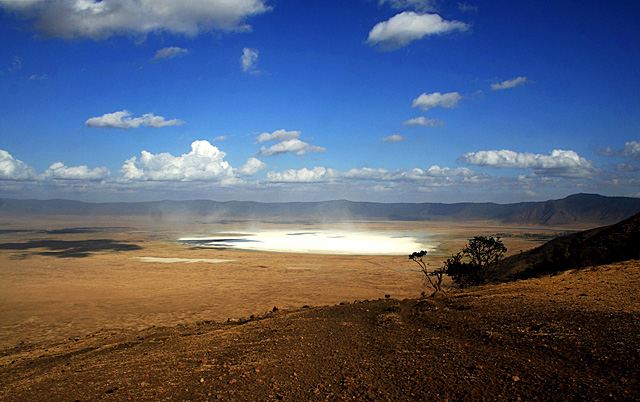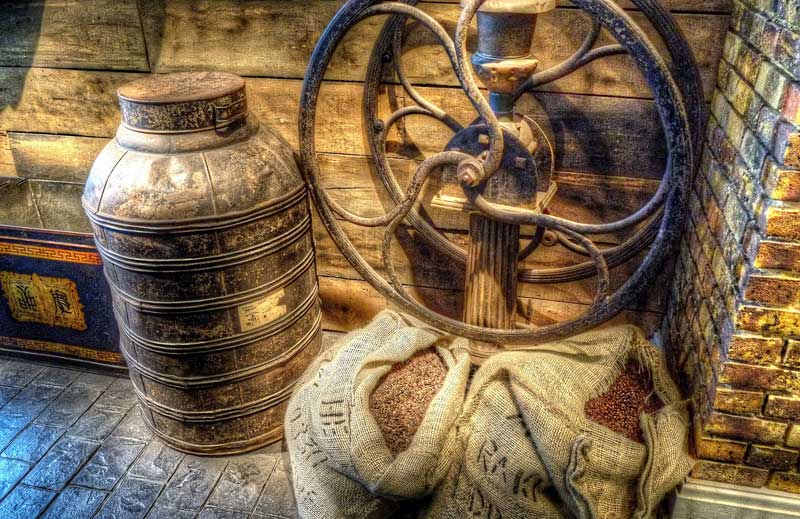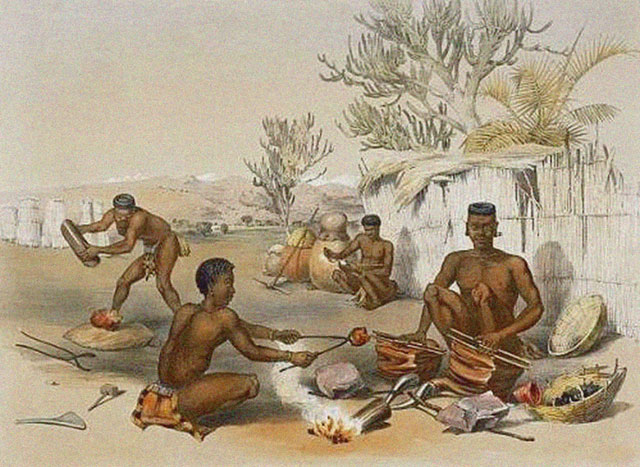African Wolf Crying Out For Help
Africa’s cousins of the timber wolf.
Bringing you up to date with our Sub-Saharan world, we have the Ethiopian Wolf – Canis simensis – the world’s rarest canid and Africa’s most endangered carnivore, living in the Ethiopian Highlands.
This animal needs help! More must be done and if you have any influence or capability to help these few remaining wolves, please take action.
If these wolves need help? How many are left? Well at last count, between 425 and 450. It’s hard to count when you’re running out of oxygen! These wolves live at the top of the world, at an altitude ranging from 3,000 to 4,500 meters – 10,000 to 14,750 ft.
At 4,150 meters – 13,500 ft – you start feeling the lack of oxygen. At sea level, you will experience oxygen levels of 21% and at 4,500 meters – 15,000ft – only 12%. But living at this altitude becomes normal when you get used to it.
Our African wolf must be the handsomest wolf made. Agree?
The Ethiopian or Simien wolf is a very specialized feeder and leads the pack, with its close cousin the North American grey wolf – Canis lupus – coming in second for specific feeding. Our wolf feeds mainly on giant mole rats, hares and common grass rats. Whereas the grey or timber wolf preys mainly on larger animals like moose, bison etc. and in a method or style not too dissimilar from that of our other endangered carnivore, the African wild dog.
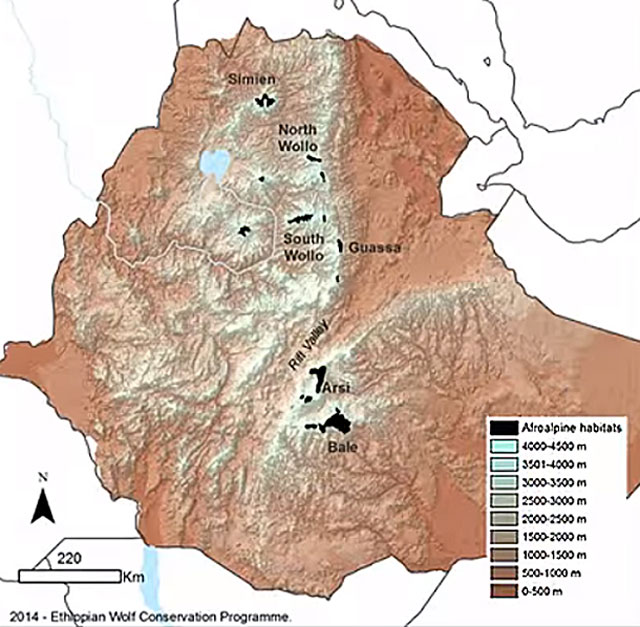
Image courtesy of the Ethiopian Wolf Conservation Program
So, why all the fuss? Well, the wolves are now suffering from habitat depletion of the worst kind, with nowhere to go and human development exploding at an ever increasing rate.
Many wild animals can co-exist in the environs of man, but not all, and the wolf is one of those who suffer excessively, similarly to the wild dog. The big problem – disease – like canine distemper won’t surprise you. Then you have rabies, mainly from domesticated dogs, on the increase. And then there is large scale poisoning and trapping for fur skins.
With the urban population moving into the last remaining wolves’ habitats with large-scale grazing for sheep, drastic measures must be taken for all to co-exist. Without action, the wild African wolf will be no more.
Can you help? Well, of course you can help and that’s why Wildmoz writes these articles. We do the research, bring the crisis to your attention and try to find solutions to help needy animals. Our last article was on the success of our king cheetah’s increase.
Snooze, you loose! If anyone thinks animals can’t become extinct in the wild, right under our noses, then they’re wearing blinkers. Try this for a shocker.
In North America in 1800, there were an estimated three to five billion passenger pigeons – Ectopistes migratorius. Well, they could have been out by one billion, or so! But, within a hundred years the last one in the world had died – aged 28 – in the Cincinnati Zoo, in 1914. Why? The answer simply comes down to people not caring to make enough of a difference to help their (wild) neighbors.
To give a relative idea how many pigeons that was, it might be useful to realize the world’s human population reached the 7.5 billion mark on 24th April 2017. So, how do they know that? Probably, Google. Another one, in case you were wondering, Africa’s population is currently 1.2 billion, that’s a lot of pigeons.
Back to our wolf. We have been given some direction from the Wildlife Conservation Network WCN and their slogan reads: “100% Of your donation supports the species of your choice.”
When you click on the above link, you will find it’s referencing the Ethiopia Wolf Conservation Program EWCP, there you will find a video done by them in 2016. This is the team on the ground, run by Dr. Claudio Sillero and Dr Jorgelina Marino, who are doing epic work to save our few remaining African Wolves. For an independent video of this very cute wolf, see below.
Video Run time 3:57 min

